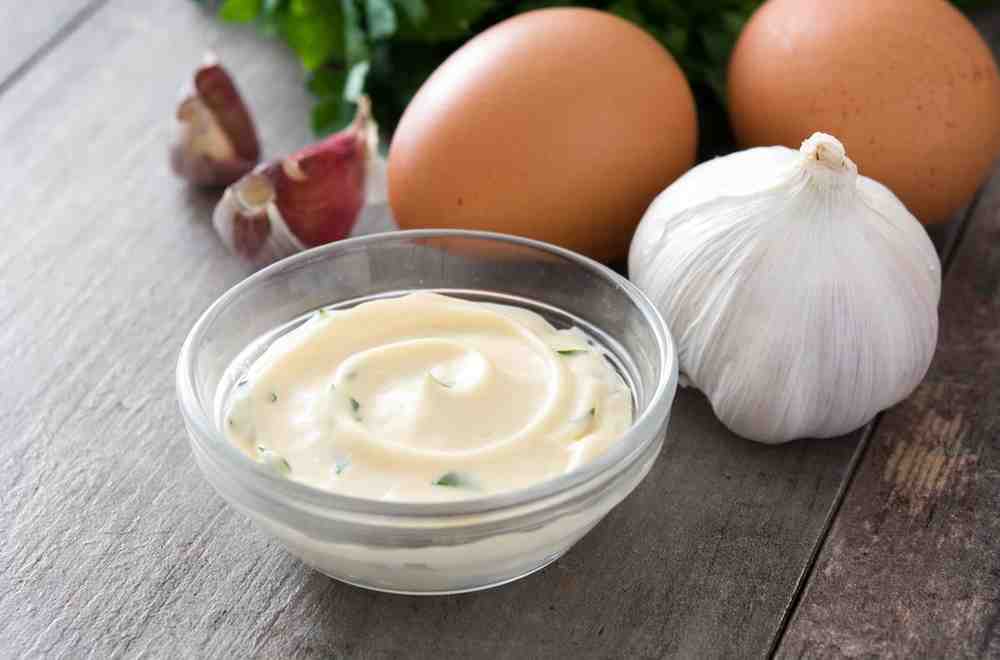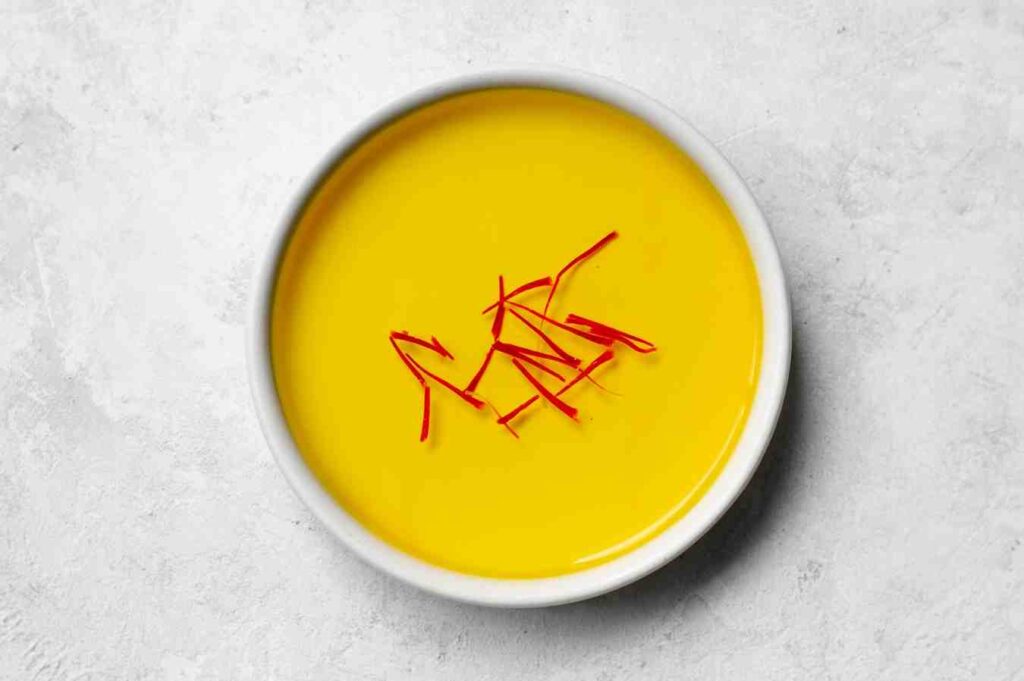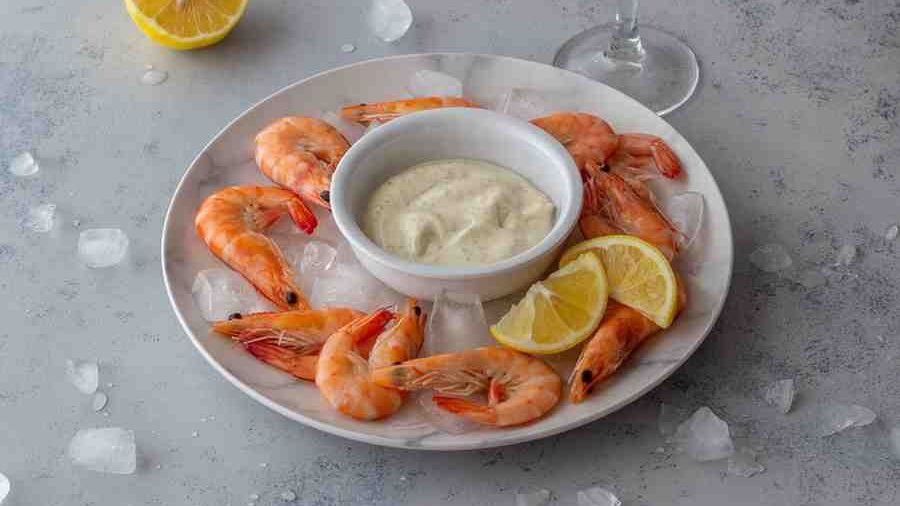Aioli, the creamy garlic-flavored condiment, is a cornerstone of Mediterranean cuisine. It is revered for its simplicity, yet its bold flavor can elevate any dish. Traditionally made by emulsifying garlic and olive oil, this versatile sauce pairs perfectly with roasted vegetables, seafood, and fresh bread.
What sets traditional aioli apart is its natural flavor profile. The robust taste of garlic combined with the richness of olive oil creates a condiment that’s both luxurious and satisfying. With a handful of ingredients and a bit of technique, you can master this classic recipe at home.
Ingredients
Core Ingredients
To prepare a traditional aioli, you’ll need only a few simple ingredients:
- Fresh Garlic: The star of the recipe, offering a bold, pungent flavor.
- Olive Oil: A high-quality, extra-virgin olive oil ensures a smooth texture and rich taste.
- Egg Yolk: Acts as an emulsifier, binding the oil and garlic into a creamy mixture.
- Lemon Juice: Adds a touch of acidity to balance the flavors.
- Salt: Enhances the overall taste.
Ingredient Preparation Tips
For the best results:
- Use fresh garlic cloves, as pre-minced garlic lacks the intensity needed for traditional aioli.
- Select a mild, high-quality olive oil to prevent overpowering the garlic.
- If you prefer a vegan option, substitute the egg yolk with a small boiled potato or almond milk.
Step-by-Step Preparation
Equipment Needed
Before diving in, gather the following tools:
- Mortar and pestle (for the traditional method) or a food processor for a modern twist.
- A sturdy bowl and whisk, if making it by hand.
- Measuring spoons to ensure accurate proportions.
Methodology
Here’s how to make authentic aioli step-by-step:
- Prepare the Garlic
- Peel 2–3 fresh garlic cloves.
- Crush them into a smooth paste using a mortar and pestle. If using a food processor, pulse until finely minced.
- Emulsify the Oil
- Gradually drizzle olive oil into the garlic paste while whisking continuously.
- For a mortar and pestle, add the oil drop by drop to ensure a stable emulsion.
- Add the Egg Yolk
- Incorporate 1 egg yolk to enhance the creamy texture. Whisk until fully combined.
- Adjust the Flavor
- Squeeze a teaspoon of lemon juice into the mixture. Taste and adjust with salt or additional lemon juice as needed.
- Check the Consistency
- If the aioli is too thick, thin it with a few drops of cold water.
Serving Suggestions
Pairing Ideas
Traditional aioli enhances a variety of dishes with its bold flavor:
- Seafood: Use as a dip for prawns, lobster, or calamari.
- Grilled Vegetables: Serve alongside charred asparagus, zucchini, or bell peppers.
- Bread and Crackers: Spread on crusty baguettes or artisan crackers.
Variations to Try
Experiment with flavors to make your aioli even more versatile:
- Spicy Aioli: Add a pinch of cayenne pepper or crushed red chili flakes.
- Herb-Infused Aioli: Blend in fresh parsley, basil, or cilantro.
- Lemon-Garlic Aioli: Double the lemon juice for a tangy twist.

Tips for Perfect Aioli
Mastering the Emulsion
Creating a stable emulsion is key to achieving the perfect texture:
- Use room-temperature ingredients to prevent the mixture from separating.
- Add olive oil slowly while whisking or blending for smooth consistency.
Fixing Broken Aioli
If your aioli splits or becomes grainy:
- Transfer the mixture to a clean bowl.
- Slowly whisk in a tablespoon of warm water to bring it back together.
Saffron Aioli Recipe
Building upon the bold flavors of traditional aioli, saffron aioli adds a layer of elegance and complexity. Infused with the golden essence of saffron, this variation introduces an earthy, floral aroma that beautifully complements the garlicky base.
Saffron’s luxurious reputation isn’t just for show—it contributes both vibrant color and a unique depth of flavor. When blended into aioli, saffron transforms the classic recipe into a gourmet condiment perfect for seafood, grilled vegetables, or even as a finishing touch on dishes like paella.
Ingredients
Core Ingredients
For saffron aioli, the ingredients list is similar to traditional aioli but with the addition of one special component:
- Saffron Threads: Provides the distinctive golden color and subtle, aromatic flavor.
- Fresh Garlic: Enhances the condiment’s boldness.
- Olive Oil: A high-quality, extra-virgin variety for a smooth finish.
- Egg Yolk: Creates a creamy texture and binds the ingredients together.
- Lemon Juice: Adds a bright, tangy contrast to the richness.
- Salt: Enhances and balances the flavors.
Ingredient Preparation Tips
To achieve the best results:
- Choose authentic saffron threads from reputable sources. Look for deep red threads with a strong aroma.
- Bloom the saffron threads in warm water or lemon juice to extract maximum flavor and color.
- Use room-temperature eggs to help the emulsion process.
Step-by-Step Preparation
Equipment Needed
Before beginning, ensure you have the right tools:
- A mortar and pestle for crushing saffron and garlic.
- A whisk or food processor for blending the ingredients.
- A small bowl for blooming saffron threads.
Methodology
Follow these steps for a smooth and flavorful saffron aioli:
- Bloom the Saffron
- Place 6–8 saffron threads in a small bowl.
- Add 1 tablespoon of warm water or lemon juice and let it steep for 5–10 minutes.
- Prepare the Garlic Base
- Peel and crush 2 garlic cloves into a fine paste using a mortar and pestle or food processor.
- Combine the Base Ingredients
- Mix the garlic paste with the bloomed saffron and its liquid.
- Start the Emulsion
- Add 1 egg yolk to the mixture and whisk until smooth.
- Gradually drizzle in olive oil (approximately ½ cup), whisking continuously to create a creamy texture.
- Adjust the Seasoning
- Add a teaspoon of lemon juice and a pinch of salt.
- Taste and adjust the seasoning or consistency with more olive oil or lemon juice as needed.
- Refine the Consistency
- If the aioli is too thick, incorporate a few drops of water until it reaches your desired texture.

Serving Suggestions
Pairing Ideas
Saffron aioli is as versatile as it is delicious. Try these pairing ideas to make the most of its unique flavor:
- Seafood: Serve alongside grilled shrimp, scallops, or lobster for an elevated dining experience.
- Grilled Meats: Use as a condiment for lamb chops or roasted chicken.
- Vegetables: Drizzle over roasted carrots, asparagus, or potatoes.
- Paella: Add a dollop to your paella for an authentic Spanish touch.
Presentation Tips
Enhance the visual appeal of your saffron aioli:
- Garnish with a few whole saffron threads or a sprinkle of paprika.
- Serve in a small, decorative bowl alongside your main dish.
Tips for Perfect Saffron Aioli
Handling Saffron
Saffron is a delicate spice, so proper handling is essential:
- Always bloom the threads in warm liquid before adding them to the aioli. This step intensifies both the color and flavor.
- Avoid overusing saffron, as it can turn bitter if too concentrated.
Perfecting the Emulsion
As with traditional aioli, maintaining a stable emulsion is crucial:
- Slowly incorporate the olive oil while whisking continuously.
- If the mixture separates, don’t panic! Whisk in a small amount of warm water to bring it back together.
Variations for Flavor
While saffron aioli is a standout on its own, consider these variations for added creativity:
- Smoky Saffron Aioli: Add a dash of smoked paprika for a deeper, smoky flavor.
- Spicy Saffron Aioli: Include a pinch of cayenne pepper for a subtle kick.
- Citrus Saffron Aioli: Blend in some orange zest for a fruity twist.

Popular Dishes Using Aioli and Saffron Aioli
Aioli and saffron aioli are versatile condiments that enhance the flavors of many dishes. Here are some popular uses:
- Seafood: Perfect with grilled shrimp, lobster, crab cakes, or fried calamari.
- Vegetables: Complements roasted or grilled vegetables like asparagus, potatoes, or zucchini.
- Grilled Meats: Elevates lamb chops, roasted chicken, or beef skewers.
- Paella: Saffron aioli is a classic pairing for this Spanish rice dish.
- Sandwiches and Burgers: Acts as a gourmet spread, adding depth to the flavor.
- Fries and Chips: Serves as a dip for French fries, sweet potato fries, or crispy chips.
FAQ About Aioli and Saffron Aioli
1. What is aioli?
Aioli is a traditional Mediterranean sauce made with garlic, olive oil, and often egg yolk. It is creamy, flavorful, and commonly used as a dip or condiment.
2. How is saffron aioli different?
Saffron aioli incorporates saffron threads, which add a golden color, floral aroma, and unique flavor. It’s a luxurious twist on traditional aioli.
3. What dishes pair well with aioli?
Aioli complements seafood, roasted vegetables, grilled meats, sandwiches, and fries.
4. How do I fix broken aioli?
If aioli separates, whisk in a teaspoon of warm water or start a new emulsion with a fresh egg yolk.
5. Can I make vegan aioli?
Yes, replace the egg yolk with alternatives like almond milk, aquafaba, or boiled potato for a vegan version.
6. How long does aioli last in the fridge?
Homemade aioli lasts 2–4 days in an airtight container in the refrigerator.
7. Why is saffron so expensive?
Saffron is labor-intensive to harvest, as each thread is hand-picked, making it one of the most expensive spices in the world.
8. What olive oil is best for aioli?
Use a mild, high-quality extra-virgin olive oil to balance the bold garlic flavor without overpowering it.
9. Can I make aioli without eggs?
Yes, traditional aioli doesn’t always require eggs. Garlic and olive oil alone can create a creamy consistency with proper emulsification.
10. What’s a good substitute for saffron in aioli?
If saffron isn’t available, use turmeric for color or paprika for a smoky twist, though the flavor will differ.

